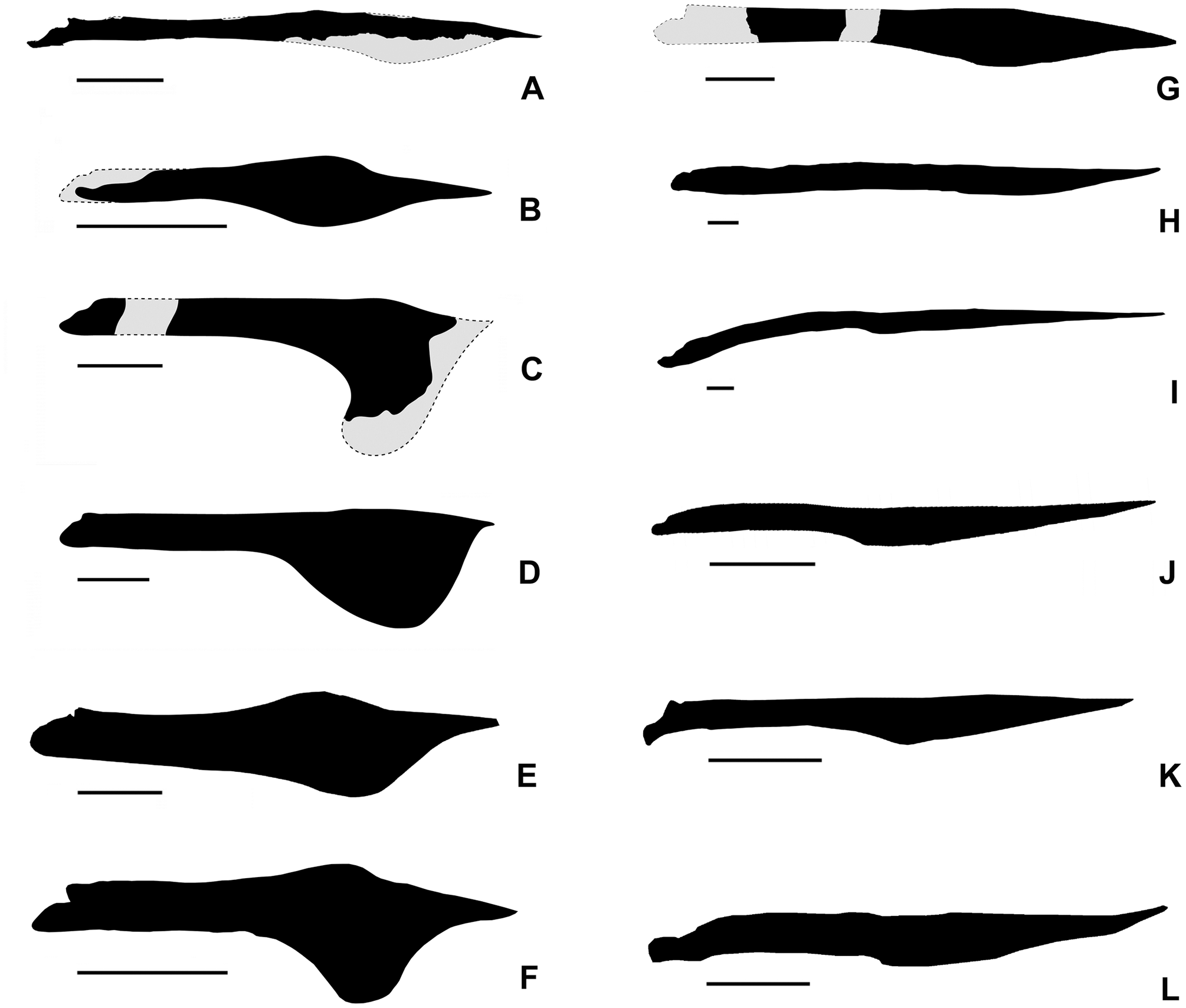Chaoyangopterine on:
[Wikipedia]
[Google]
[Amazon]
Chaoyangopteridae (or chaoyangopterids) is a family of pterosaurs within the larger group Azhdarchoidea. Chaoyangopterids lived mostly during the
 Below is a cladogram showing the phylogenetic analysis conducted by paleontologist Brian Andres and colleagues in 2014. In the analysis, Chaoyangopteridae was found to consist of the genus '' Eoazhdarcho'' and the subfamily Chaoyangopterinae. The subfamily Chaoyangopterinae was initially used by paleontologist
Below is a cladogram showing the phylogenetic analysis conducted by paleontologist Brian Andres and colleagues in 2014. In the analysis, Chaoyangopteridae was found to consist of the genus '' Eoazhdarcho'' and the subfamily Chaoyangopterinae. The subfamily Chaoyangopterinae was initially used by paleontologist
Early Cretaceous
The Early Cretaceous ( geochronological name) or the Lower Cretaceous (chronostratigraphic name), is the earlier or lower of the two major divisions of the Cretaceous. It is usually considered to stretch from 145 Ma to 100.5 Ma.
Geology
Pro ...
period, though possible members, '' Microtuban'', ''Xericeps
''Xericeps'' is a genus of pterosaur from the Late Cretaceous Kem Kem Beds (which date to the late Albian or Cenomanian age) of southeastern Morocco.
The name ''Xericeps'' comes from the grc, ξερός - meaning dry, referencing the Sahara Des ...
'' and '' Argentinadraco'', may extend the fossil range to the Late Cretaceous.
History
Theclade
A clade (), also known as a monophyletic group or natural group, is a group of organisms that are monophyletic – that is, composed of a common ancestor and all its lineal descendants – on a phylogenetic tree. Rather than the English term, ...
Chaoyangopteridae was first defined in 2008 by Lü Junchang and David Unwin as: "''Chaoyangopterus
''Chaoyangopterus'' is a genus of chaoyangopterid pterosaur known from a partial skeleton found in Liaoning, China. ''Chaoyangopterus'' was found in rocks dating back to the Aptian-age Lower Cretaceous Jiufotang Formation of Dapingfang, Chaoy ...
'', ''Shenzhoupterus
''Shenzhoupterus'' is a genus of chaoyangopterid pterosaur from the Jiufotang Formation of modern-day Liaoning, China. Fossil remains of ''Shenzhoupterus'' date back to the Early Cretaceous period, approximately 120 million years ago.
Etymology ...
'', their most recent common ancestor and all taxa more closely related to this clade than to '' Tapejara'', ''Tupuxuara
''Tupuxuara'' is a genus of large, crested, and toothless Pterodactyloidea, pterodactyloid pterosaur from the Early Cretaceous period (Albian stage) of what is now the Romualdo Formation of the Santana Group, Brazil, about 125 to 112 million ye ...
'' or ''Quetzalcoatlus
''Quetzalcoatlus'' is a genus of pterosaur known from the Late Cretaceous period of North America (Maastrichtian stage); its members were among the largest known flying animals of all time. ''Quetzalcoatlus'' is a member of the Azhdarchidae, ...
''". Based on neck and limb proportions, it has been suggested they occupied a similar ecological niche to that of azhdarchid pterosaurs, though it is possible they were more specialized as several genera occur in Liaoning
Liaoning () is a coastal province in Northeast China that is the smallest, southernmost, and most populous province in the region. With its capital at Shenyang, it is located on the northern shore of the Yellow Sea, and is the northernmost ...
, while azhdarchids usually occur by one genus in a specific location.
Description
Chaoyangopterids are distinguished from other pterosaurs by several traits of the nasoantorbital fenestra, a large hole on the side of the snout formed by the assimilation of the nares (nostril holes) into the antorbital fenestra. In members of this family, the nasoantorbital fenestra is massive, with the rear edge extending as far back as the braincase and jaw joint. The front edge is formed by a rod of bone known as the premaxillary bar, which is unusually slender in members of this family.Classification
Felipe Pinheiro
Felipe is the Spanish variant of the name Philip, which derives from the Greek adjective ''Philippos'' "friend of horses". Felipe is also widely used in Portuguese-speaking Brazil alongside Filipe, the form commonly used in Portugal.
Noteworthy pe ...
and colleagues in 2011, which they assigned to the family Tapejaridae, however, Andres and colleagues redefined the subfamily as the least inclusive clade containing ''Chaoyangopterus zhangi'' and ''Shenzhoupterus chaoyangensis''. In the analysis by Andres and colleagues, Chaoyangopterinae consisted of the pterosaurs ''Chaoyangopterus'', ''Shenzhoupterus'', and ''Jidapterus''.
A 2021 study focused on '' Aerotitan'' recovers ''Xericeps
''Xericeps'' is a genus of pterosaur from the Late Cretaceous Kem Kem Beds (which date to the late Albian or Cenomanian age) of southeastern Morocco.
The name ''Xericeps'' comes from the grc, ξερός - meaning dry, referencing the Sahara Des ...
'' and '' Argentinadraco'' as sister taxa within Chaoyangopteridae.Paleobiology
Diet
Like their azhdarchid relatives, pterosaurs that belong to the Chaoyangopteridae were terrestrial predators.Paleoecology
The members of the family Chaoyangopteridae are mostly known from Asia, though the possible member ''Lacusovagus
''Lacusovagus'' (meaning "lake wanderer") is a genus of azhdarchoid pterodactyloid pterosaur from the Lower Cretaceous of Brazil. It is based on SMNK PAL 4325, a partial upper jaw comprising sections of the skull in front of the eyes. This spe ...
'' occurs in South America and there are possible fossil remains from Africa, including the possible member '' Apatorhamphus''. '' Microtuban'' may extend the clade's existence into the early Late Cretaceous.Wilton, Mark P. (2013). Pterosaurs: Natural History, Evolution, Anatomy. Princeton University Press. .
References